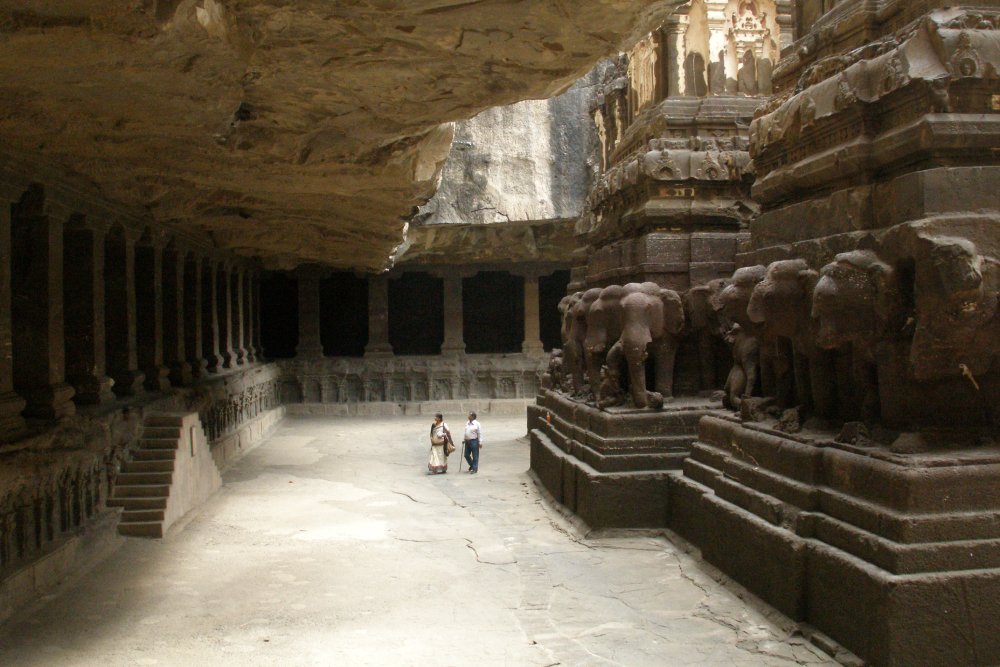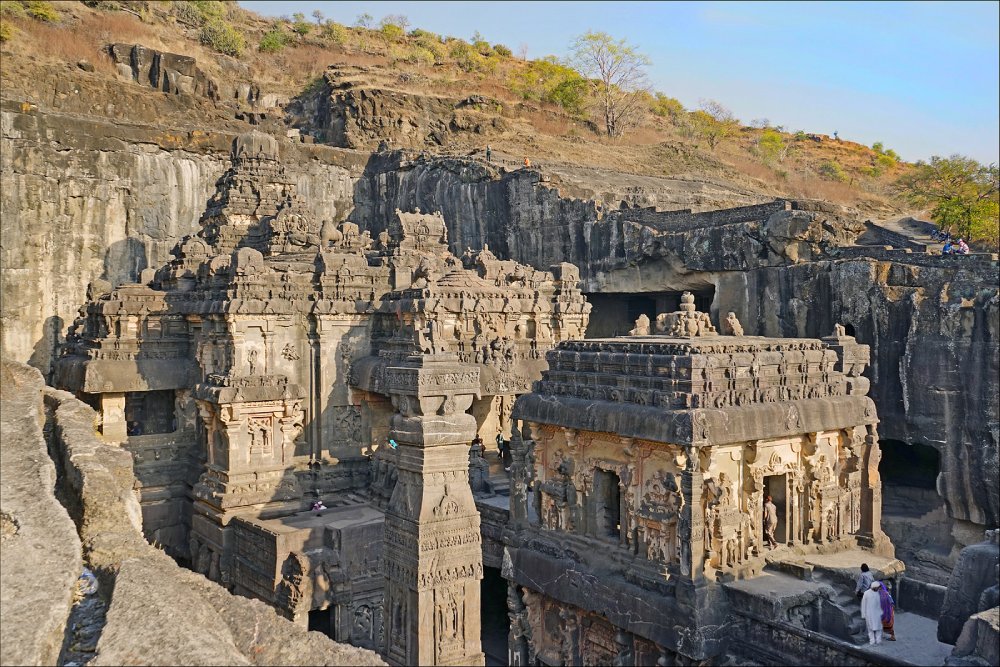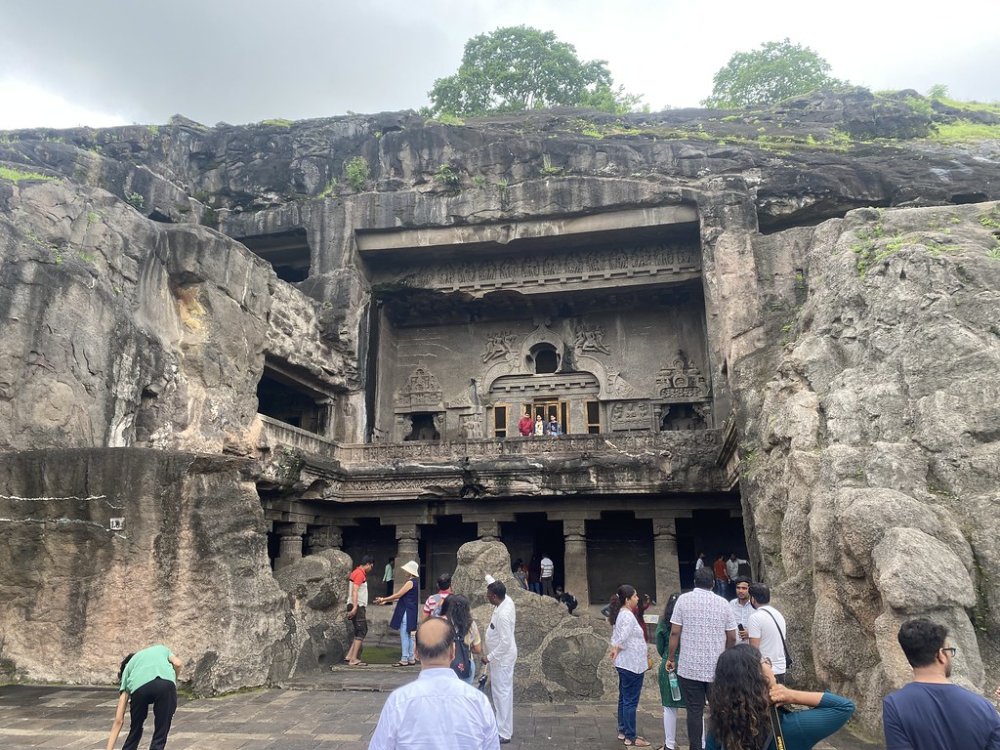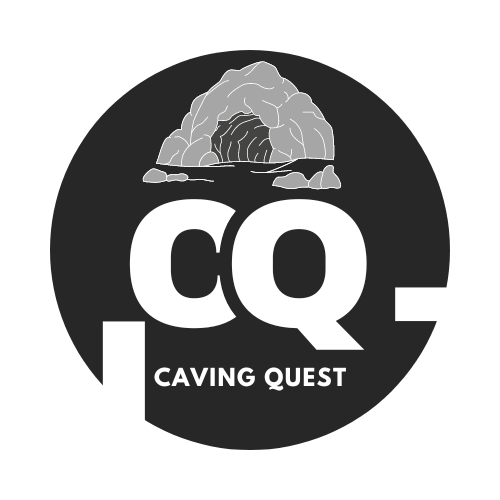There’s something deeply moving about standing in front of the Ajanta and Ellora caves. As you gaze at the intricate carvings, it’s impossible not to feel a connection to those who built them. It’s almost as if their passion, devotion, and sweat have seeped into the very stones. But who were these remarkable people? And why did they put so much effort into creating such breathtaking art?
When we think of caves, we often picture dark, damp places. But the Ajanta and Ellora caves are nothing like that. They are masterpieces. Yet, a common problem people face today is how disconnected we feel from ancient history. These caves are more than just old rocks—they’re a glimpse into the heart of a civilization that valued art, spirituality, and community. How can we reconnect with that history? By exploring not just the “what” but the “who” and “why” behind these marvels.
Read on to uncover the story behind these awe-inspiring caves, the challenges of preserving history, and how the incredible artisans left their mark on the world.
The Origin of the Ajanta and Ellora Caves
The Ajanta and Ellora caves are two of the most iconic historical sites in India. Both of these ancient wonders are located in Maharashtra, and each carries with it a rich tapestry of stories, culture, and history. Ajanta, known for its Buddhist influence, and Ellora, a blend of Buddhist, Hindu, and Jain carvings, were not just places of worship—they were reflections of the beliefs, struggles, and aspirations of the people who built them.

Ajanta Caves: A Buddhist Legacy
The Ajanta caves were primarily built by Buddhist monks around the 2nd century BCE to the 6th century CE. The caves served as both monasteries and prayer halls, providing a place for monks to live and worship. Imagine being one of these monks, carving intricate stories of the Buddha into the rock, day after day, as an act of devotion. These caves were not built overnight—it took centuries of dedication.
But why was so much effort put into them? During this period, Buddhism was flourishing in India, and these caves were symbols of the community’s dedication to their faith. This devotion shines through in the vivid paintings and sculptures that depict the life of Buddha, moments of compassion, and enlightenment.
Ellora Caves: A Blend of Faiths
Ellora, on the other hand, is a testament to religious harmony. Built between the 6th and 10th centuries, it houses caves dedicated to Buddhism, Hinduism, and Jainism. The craftsmanship is so detailed and extensive that I can only imagine the sheer number of artisans who must have worked tirelessly for years.
The most famous cave in Ellora is the Kailasa temple, a monolithic structure that was carved out of a single rock. Yes, you read that right—an entire temple carved from one gigantic piece of rock! The sheer effort involved is mind-boggling. You can feel the love and pride of the artisans when you stand before this grand monument. They weren’t just building temples—they were leaving behind a legacy.

The Problem: Losing Touch with History
In today’s fast-paced world, it’s easy to overlook the importance of ancient sites like Ajanta and Ellora. People are often more interested in new technologies and immediate conveniences. It’s a problem many of us face. We forget that the past has shaped our present and will continue to influence our future.
Solution: Reconnecting Through Stories
One way to reconnect with these incredible historical treasures is by learning the stories behind them. Understanding who built the Ajanta and Ellora caves helps us appreciate the effort and passion that went into them. It reminds us of what humanity is capable of when we are driven by faith, art, and community. Visiting these caves can be a deeply emotional experience, offering a glimpse into the soul of an ancient civilization.
Who Built the Ajanta and Ellora Caves?
A Monument to Buddhist Monks
As mentioned earlier, the Ajanta caves were the work of dedicated Buddhist monks. They not only built these caves as places of worship but as places of education and meditation. The inscriptions in these caves often tell the stories of patrons—local kings and wealthy merchants—who funded the construction of the caves out of devotion to the Buddhist community.
Imagine being a monk in that era, taking years to carve a single image of the Buddha with nothing but primitive tools and sheer determination. The work was backbreaking, but the result—a space that radiates peace and enlightenment—was worth every effort.

The Patron Kings and Their Role
In Ellora, the builders were not just monks but also kings. Hindu rulers, like the Rashtrakuta dynasty, sponsored the construction of many caves. For example, King Krishna I is credited with commissioning the Kailasa temple at Ellora. These kings wanted to leave a lasting impact on the world, and what better way than through monumental architecture that would stand the test of time?
These patron kings were more than just leaders; they were visionaries. They saw the beauty in art and the importance of faith. And thanks to their support, we can still admire these masterpieces today.
Explore the top 10 Most Spectacular Caves in the United States.
How Were These Caves Built?
The Carving Process
Both the Ajanta and Ellora caves were carved directly into the rock, using nothing but hammers, chisels, and the manpower of countless artisans. The process was painstaking. Imagine spending years carving intricate designs into stone, knowing that a single mistake could ruin your work. But these artisans were incredibly skilled, and their work stands as a testament to their talent.
A Labor of Love
Building these caves wasn’t just about architecture—it was about passion and devotion. The artisans and monks who worked on these caves didn’t do it for fame or fortune. They did it because they believed in something bigger than themselves. Their labor was an expression of faith, a way to connect with the divine.
Why Are the Ajanta and Ellora Caves Important Today?
These caves are not just relics of the past; they are lessons for the present. They show us what we can achieve when we work together for a common purpose. They remind us of the importance of faith, dedication, and artistry in a world that often values speed and efficiency over quality and meaning.
Conclusion: A Timeless Legacy
So, who built the Ajanta and Ellora caves? They were built by a combination of dedicated monks, visionary kings, and passionate artisans. But in a way, they were built by all of us. These caves represent the best of humanity—our ability to create, believe, and leave something beautiful behind for future generations.
Let’s not forget the lessons these caves offer. They remind us to slow down, appreciate the art and devotion around us, and reconnect with the values that make us human.
